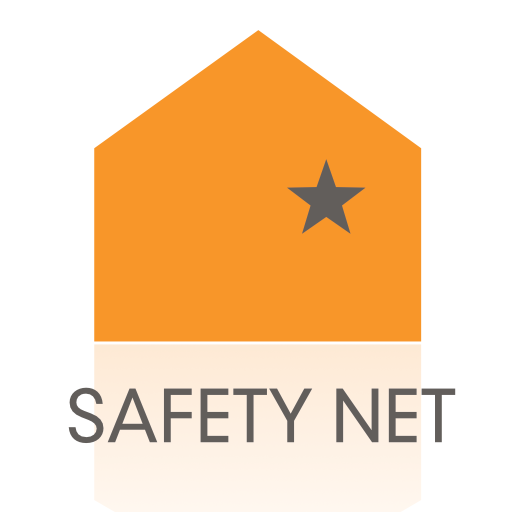NNEDV Resource Highlight: Safety on Social Media
/It’s Social Media Day!
Technology, including social media, has a major impact on survivors of domestic violence, stalking, sexual assault, and dating violence. While it can be used to access resources, remain connected to family and friends, and hold offenders accountable, it can also be misused by perpetrators to abuse, harass, stalk, and harm victims.
NNEDV’s Safety Net project provides resources for survivors to recognize signs of technology-facilitated abuse, increase safety online, and learn about legal actions that can be taken against technology misuse.
Learn more about the ways that survivors can increase safety on social media:
Facebook: We worked with Facebook to create A Guide to Staying Safe on Facebook, a summary that provides quick and easy explanations of important settings to increase privacy and security. The Safety & Privacy on Facebook: A Guide for Survivors of Abuse, a more detailed resource, provides step-by-step assistance to users who are experiencing harassment or concerned about their privacy and safety. This resource is available in over 10 different languages, including Spanish, French, Arabic, Urdu, Tamil, Chinese, Vietnamese, and more!
Twitter: We worked with Twitter to create Safety & Privacy on Twitter: A Guide for Survivors of Harassment and Abuse. The guide walks users through safety tips to increase privacy and explains several features. Safety Net is currently in the process of working with Twitter to updated this so stay tuned for a new version too!
YouTube: New tools (released in December 2016) are aimed at increasing safety and curbing harassment on the platform. Learn more from our blog post.
Learn more about Stalking and Social Media: Our Safety Net team participated in a Q&A about stalking and social media with the New York State Office for the Prevention of Domestic Violence.
Snapchat: In case you missed it, Snapchat’s new feature shares your location every time you snap. Learn more about going into “Ghost Mode” to prevent this.
Legal Information: Our WomensLaw project provides tips on safety with social media and internet security. Additionally, WomensLaw details legal responses to technology misuse, including the differences between criminal and civil court cases, and how each addresses technology misuse.
When in doubt, download our Tech Safety App!
The Tech Safety App helps users identify and address technology-facilitated abuse, including the misuse of social media. Download it from Google Play and the iTunes App Store – it’s free! (We will also be launching a Spanish version of this app in July!)
If you have additional questions about helping survivors stay safe on social media – or any other technology safety questions, please reach out to our Safety Net team: safetynet@nnedv.org.




